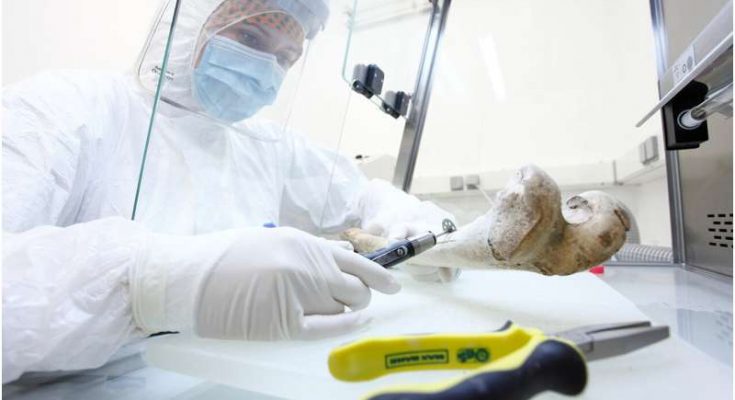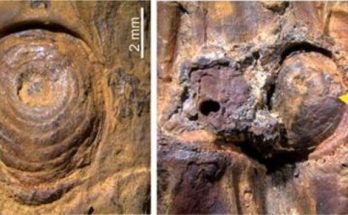The genetic origins of the first agriculturalists in the Neolithic period long seemed to lie in the Near East. A new study published in the journal Cell shows that the first farmers actually represented a mixture of Ice Age hunter-gatherer groups, spread from the Near East all the way to south-eastern Europe.
Researchers from the University of Bern and the SIB Swiss Institute of Bioinformatics as well as from the Johannes Gutenberg University Mainz and the University of Fribourg were involved in the study. The method they developed could help reveal other human evolution patterns with unmatched resolution.
The first signs of agriculture and a sedentary lifestyle are found in the so-called “Fertile Crescent,” a region in the Near East where people began to settle down and domesticate animals and plants about 11,000 years ago. The question of the origin of agriculture and sedentism has occupied researchers for over 100 years: did farming spread from the Near East through cultural diffusion or through migration? Genetic analyses of prehistoric skeletons so far supported the idea that Europe’s first farmers were descended from hunter-gatherer populations in Anatolia. While that may well be the case, this new study shows that the Neolithic genetic origins cannot clearly be attributed to a single region. Unexpected and complex population dynamics occurred at the end of the Ice Age, and led to the ancestral genetic makeup of the populations who invented agriculture and a sedentary life-style i.e. the first Neolithic farmers.
First farmers emerged from a mixing process starting 14,000 years ago
Previous analyses had suggested that the first Neolithic people were genetically different from other human groups from that time. Little was known about their origins. Nina Marchi, one of the study’s first authors from the Institute of Ecology and Evolution at the University of Bern and SIB says that “we now find that the first farmers of Anatolia and Europe emerged from a population admixed between hunter-gatherers from Europe and the Near East.” According to the authors, the mixing process started around 14,000 years ago, which was followed by a period of extreme genetic differentiation lasting several thousand years.
A novel approach to model population history from prehistoric skeletons
This research was made possible by combining two techniques: the production of high-quality ancient genomes from prehistoric skeletons, coupled with demographic modeling on the resulting data. The research team coined the term “demogenomic modeling” for this purpose.
“It is necessary to have genome data of the best possible quality so that the latest statistical genomic methods can reconstruct the subtle demographic processes of the last 30 thousand years at high resolution,” says Laurent Excoffier, one of the senior authors of the study. Excoffier is a professor at the Institute of Ecology and Evolution at the University of Bern and group leader at SIB. He initiated the project together with Joachim Burger of the Johannes Gutenberg University in Mainz and Daniel Wegmann of the University of Fribourg. Marchi adds that “simply comparing the similarity of different ancient genomes is not enough to understand how they evolved. We had to reconstruct the actual histories of the populations studied as accurately as possible. This is only possible with complex population genetic statistics.”
#GeneticOrigin; #WorldFirstFarmer; #Research; #Study





